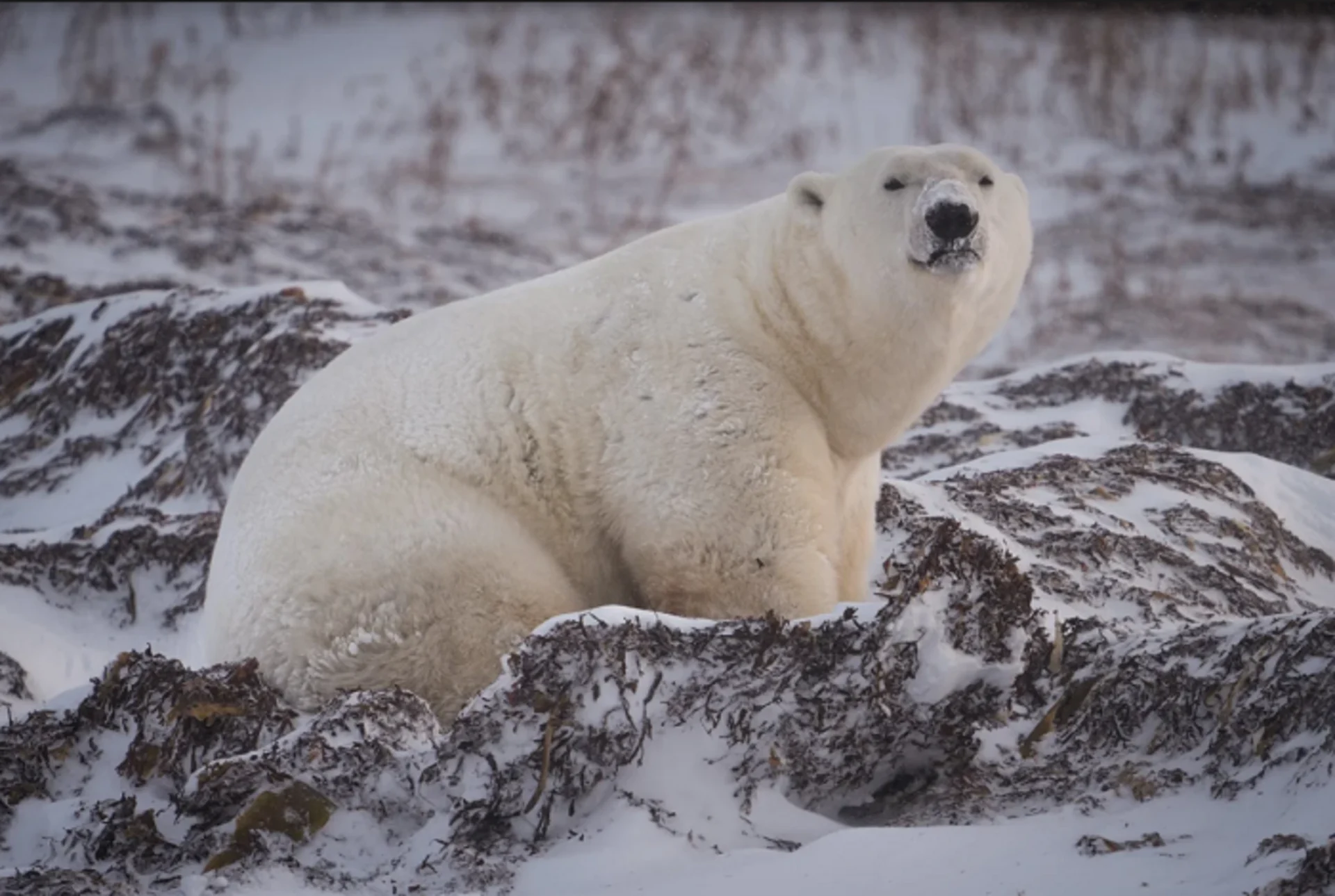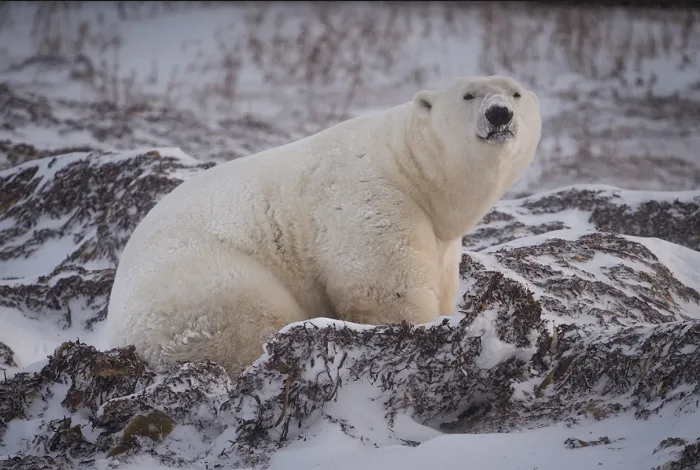
Polar bears use 'tools' to vanquish walruses, recent study uncovers
Part of the oral histories of Inuit in the eastern Canadian Arctic and southwestern Greenland include accounts of tool usage by polar bears dating back at least 200 years.
The hunting tactics of polar bears in the Arctic has been well-documented over time, and now a recent study has shed light on accounts of the animals using tools to kill walruses.
Published in the Journal of the Arctic Institute of North America in June, the research indicated that the animals used rocks and ice blocks as "tools" to terminate walruses.
SEE ALSO: Most polar bears could be extinct by 2100 as the Arctic warms
The documentation cited the fact as part of the oral histories of Inuit in the eastern Canadian Arctic and southwestern Greenland, which include stories of the tool usage dating back at least 200 years, according to the researchers.
Since the late 1700s, various reports of polar bears using ice or stones to vanquish walruses have been passed on verbally to explorers and naturalists by their Inuit guides, based on local Inuit TEK (traditional ecological knowledge). In some cases, though, they were based on direct observations or interpretations of tracks in the snow.

(Mia Gordon)
AUTHOR INSPIRED BY GOGO FOR STUDY
The reports of polar bears using the rocks and ice blocks predominantly centre on incorporating them in their hunt as weapons. Plenty of the documented stories are third-hand.
In an email to The Weather Network, Ian Stirling, one of the authors of the study, said he has been interested in the topic for decades because of the etching in the 1865 book by Charles Francis Hall (Arctic researches and life among the Esquimaux: being the narrative of an expedition in search of Sir John Franklin, in the years 1860, 1861, and 1862).
He has also spent several decades studying aspects of polar bear behaviour in the wild, including hunting.
Stirling was inspired for further research on tool usage after studying utilization from a five-year-old male polar bear named GoGo, who currently resides at the Osaka Tennoji Zoo in Osaka, Japan.
"In 2011, a photographer in Japan sent me photos of GoGo using tools. Then, 10 years later, GoGo started using both paws to throw a tool accurately and a separate study of brown bears showed similar skills," said Stirling, a scientist emeritus for Environment and Climate Change Canada and adjunct professor in the Department of Biological Sciences at the University of Alberta in Edmonton.

(Paul Souders. Stone. Getty Images)
"I had been contemplating a paper on tool use for some time but those last two aspects clinched that it was time. So I recruited my two colleagues who also have a lot of experience with polar bears, walruses, and Inuit hunters in Greenland."
Stirling said the examination shows polar bears can think three-dimensionally and make the connection between a "desired object and an aid (step) to help get to it."
EXPLORER GATHERED INFORMATION WORKING WITH INUIT
One of the explorers who were documented in the study, Munn, gathered his information over several years of working closely with the Inuit in Northern Canada. Locations included southeastern and northeastern Baffin Island, and Southampton Island in Nunavut, which have resident walrus populations.
“The [Inuit] of different tribes widely separated have told me they have watched a bear stalk a young walrus out on the ice, taking advantage of a hummock to get within striking distance, and then hit the walrus over the head with a piece of ice held in one paw," reads a description from Munn.

(Getty Images)
Despite the documented stories of the polar bears using tools in the wild and captivity, the occurrences are still believed to be rare, as noted in the study, and is only used against walruses.
The use of tools is likely limited to walruses due to their large size, difficulty to kill, and their control of potentially deadly weapons for their own defence and to directly strike a predator.
As well, Stirling noted the skull of a walrus is too thick to "permit crushing by biting." "It is possible, though, that they may use tools in other situations," he added.
Follow Nathan Howes on Twitter.











